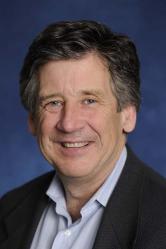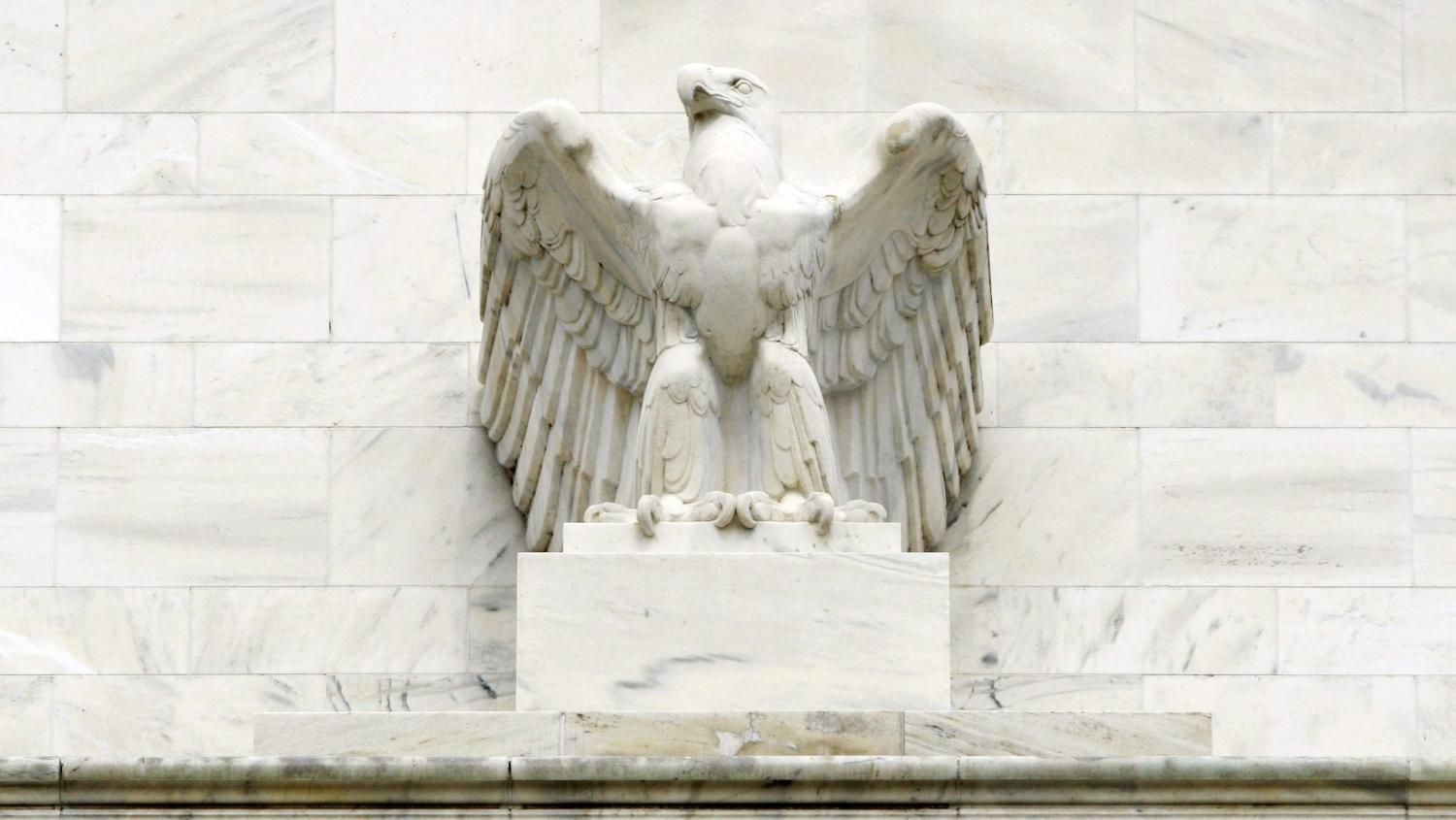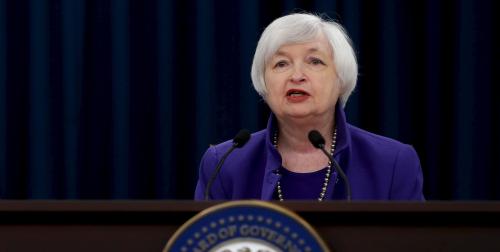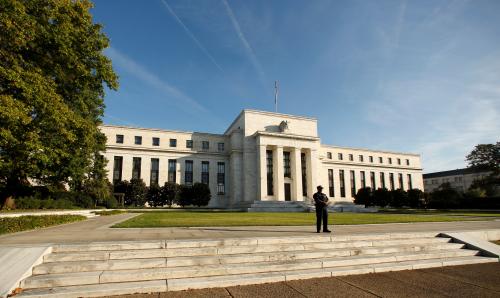This paper was prepared for “Understanding Fedspeak,” an event hosted by Johns Hopkins University and the Hutchins Center on Fiscal and Monetary Policy at Brookings on November 30, 2016. Watch event footage and access the transcript here.
The author did not receive financial support from any firm or person for this article or from any firm or person with a financial or political interest in this article. They are currently not an officer, director, or board member of any organization with an interest in this article.
The Federal Reserve’s approach to communications has evolved substantially since 1994, when the Fed first began announcing its interest rate decisions. The Fed now issues a statement after each of its policy meetings, holds press conferences with the Chair, and publishes policymakers’ projections of major economic variables (including interest rates) quarterly. Fed policymakers, particularly the 12 regional Fed bank presidents, speak publicly about policy much more often than they used to.
The new communications fall into two categories:
- Communications that clarify how the Federal Open Market Committee is likely to adjust monetary policy in response to incoming economic information, and
- Communications that elaborate the diversity of views among Fed policymakers while remaining largely devoid of information about how those diverse views will affect the consensus monetary policy choice.
The FOMC statement and Chair’s press conference fall in the first category and are the main vehicles for explaining policy. The vast bulk of FOMC communication – including the projections and speeches of policymakers and the minutes of the FOMC meetings – falls into the second category. In the poorly understood and divisive policy environment we now face, this latter communication masquerades as helpful, but, in fact, has no clear relevance to understanding the likely course of policy.
Monetary policy for the foreseeable future will most likely result from constructive deliberations among members of a deeply divided FOMC. That is how Congress intended the FOMC to work when society itself was deeply divided. In confusing and contentious times, an uncritical “more is better” approach to communication is likely to erode both trust in and understanding of policy. FOMC communications policy should be directed at effective transparency that is tailored to the realities of the times.
What to do?
- Most policy communication by the FOMC should highlight the consensus policy and its rationale.That rationale should, in turn, reflect the reality that policy is a constructive compromise among deeply divided policymakers.
- The FOMC should consider significantly reducing the volume of communication elaborating the myriad policy views other than the one reflected in consensus policy.
- Because reducing communication in any way is often viewed as politically untenable, an alternative is for the FOMC to be much more explicit about which communication explains consensus policy and which – such as the policymaker projections – has no clear value in that task.




